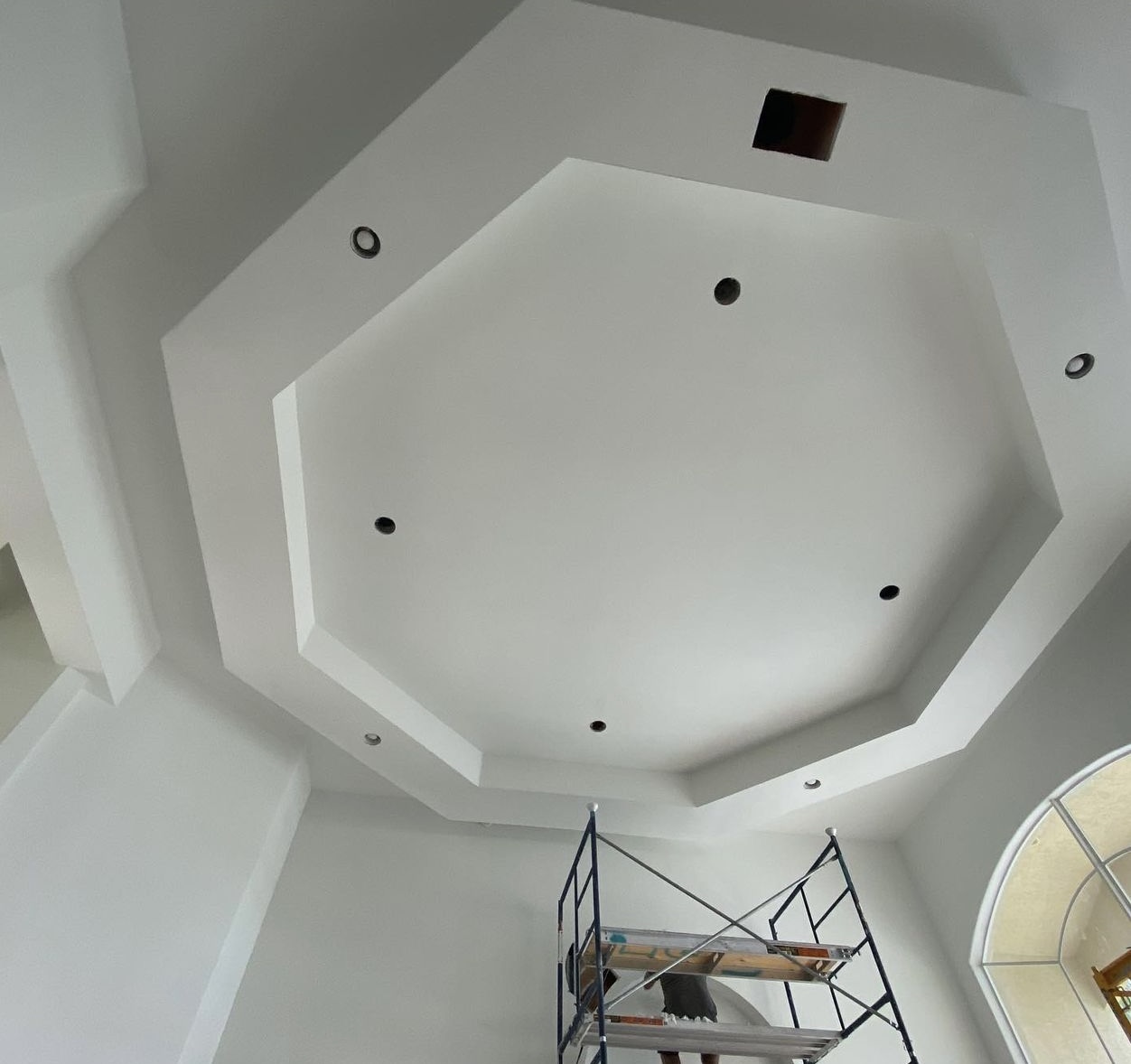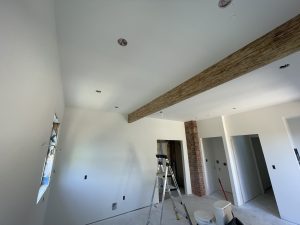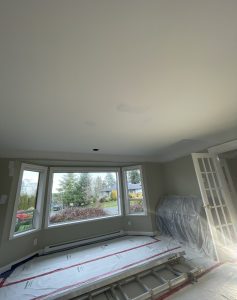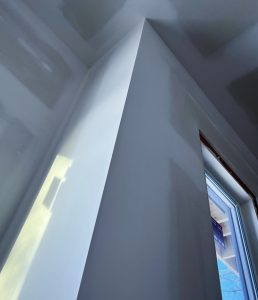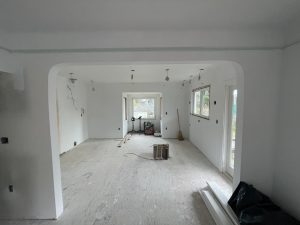A well-executed drywall installation is a crucial aspect of any construction or remodeling project, ensuring both structural integrity and a visually appealing finish. Conversely, a poor drywall installation can result in numerous issues, such as an unattractive appearance, reduced structural stability, and the potential for costly repairs. To assess the quality of a drywall installation, one must consider a range of factors, including surface smoothness, joint taping and mudding, screw or nail heads, corners and edges, texture and finish, gaps and cracks, smooth transitions, paint or wallpaper adherence, sound and stability, and the importance of professional opinions.
1. Surface Smoothness
A key indicator of a great drywall installation is surface smoothness. A well-installed drywall should be free of irregularities and bumps. Run your hand over the surface to feel for any imperfections. When it’s done right, the drywall will feel smooth and even to the touch. In contrast, a poor installation might be rough to the touch, with visible lumps and inconsistencies. The appearance of the wall is heavily influenced by how smoothly the drywall surface is finished.
2. Joint Taping and Mudding
The seams and joints between drywall sheets are critical areas to evaluate when assessing the quality of an installation. In an excellent installation, these seams should be virtually invisible. This is achieved through proper taping and mudding techniques. Joint compound is applied over the taped seams and feathered out to create a seamless finish. In a poor installation, visible seams and uneven joint compound application can result in a noticeably subpar finish.
The fasteners used to attach the drywall sheets to the framing are typically screws or nails. These fasteners should be countersunk slightly below the surface of the drywall and covered with joint compound. A great installation will ensure that these screw or nail heads are not visible to the naked eye. If you can see protruding screw or nail heads, it’s an indicator of poor workmanship.
4. Corners and Edges
When assessing the quality of a drywall installation, it’s essential to examine the corners and edges. These areas should be square and free of gaps or cracks. A great installation will have crisp, well-defined corners and straight edges. Poor workmanship may result in corners that are not perfectly square and edges that are uneven or irregular.
5. Texture and Finish
Texture and finish play a significant role in the overall appearance of a drywall installation. If the drywall is textured or finished in any way, ensure that the texture is consistent across the entire surface. Any visible variations or rough patches indicate a poor installation. Inconsistent texturing can create a blotchy or unattractive appearance on the wall.
6. Gaps and Cracks
Gaps and cracks are major indicators of a poor drywall installation. A great installation should be free of such imperfections. Pay special attention to seams and corners, as these are common areas where gaps and cracks may develop. These issues not only affect the visual appeal but can also lead to structural problems and decreased insulation efficiency.
7. Smooth Transitions
For a drywall installation to be considered of high quality, it’s crucial to have smooth transitions between the drywall and other surfaces, such as ceilings, doors, and windows. A great installation will have seamless transitions without noticeable gaps or irregularities. Properly finished transitions enhance the overall aesthetic and ensure a professional-looking result.
8. Paint or Wallpaper Adherence
In many cases, drywall serves as a base for paint or wallpaper. The quality of the drywall installation can significantly impact how well paint or wallpaper adheres to the surface. If the drywall is uneven, improperly finished, or contains defects, it can lead to problems with the application and longevity of paint or wallpaper. A great drywall installation will provide a smooth and well-prepared surface for these finishes to adhere to without issues.
9. Sound and Stability
In addition to aesthetics, soundness and structural stability are essential aspects of evaluating a drywall installation. To assess this, gently knock on the drywall. A great installation will produce a solid, even sound, indicating structural stability. On the other hand, a poor installation may sound hollow, vibrate, or produce uneven sounds, suggesting issues with fastening, framing, or materials.
10. Visual Inspection
A comprehensive visual inspection is a fundamental step in evaluating a drywall installation. Step back and carefully inspect the entire wall or ceiling. In a great installation, you will notice a uniform and flawless finish, free of noticeable defects. However, poor workmanship may result in visible imperfections that can detract from the overall appearance of the space.
11. Lighting
Lighting can significantly affect how imperfections are perceived in a drywall installation. Sometimes, flaws may not be apparent under standard lighting conditions. Varying the angle and intensity of the lighting can help to highlight any defects. This is particularly useful when conducting a detailed assessment of the drywall, as different lighting conditions can reveal issues that may not be immediately evident.
12. Professional Opinion
When in doubt about the quality of a drywall installation, it’s a prudent decision to seek a professional opinion. A skilled drywall contractor or inspector can provide an expert assessment of the work and offer recommendations for any necessary repairs or improvements. Their trained eye can spot even subtle imperfections that may go unnoticed by the average homeowner or project manager.
Conclusion
Evaluating the quality of a drywall installation is a critical step in any construction or remodeling project. A great drywall installation is characterized by its smooth, seamless, and defect-free appearance. It contributes to the overall aesthetic of a space and ensures structural stability. On the other hand, a poor installation can result in visible flaws, reduced longevity, and the potential for costly repairs.
In assessing the quality of a drywall installation, consider factors such as surface smoothness, joint taping and mudding, screw or nail heads, corners and edges, texture and finish, gaps and cracks, smooth transitions, paint or wallpaper adherence, sound and stability, and the importance of professional opinions. By paying attention to these key elements and conducting a thorough evaluation, you can ensure that your drywall installation meets the highest standards of quality and craftsmanship.

